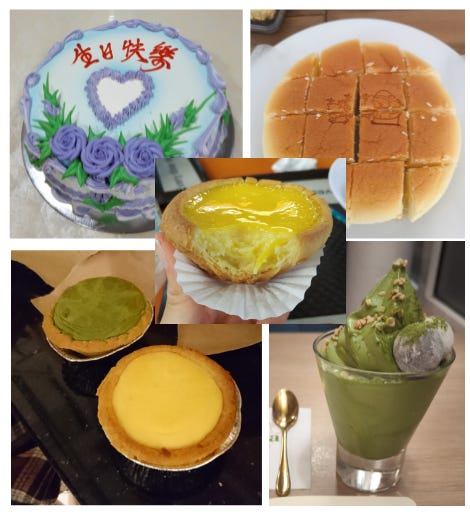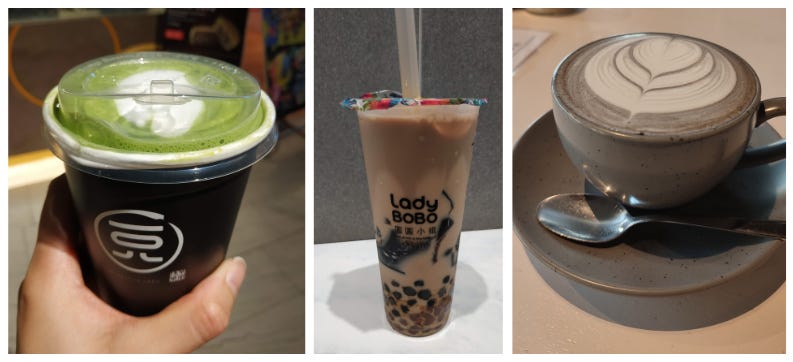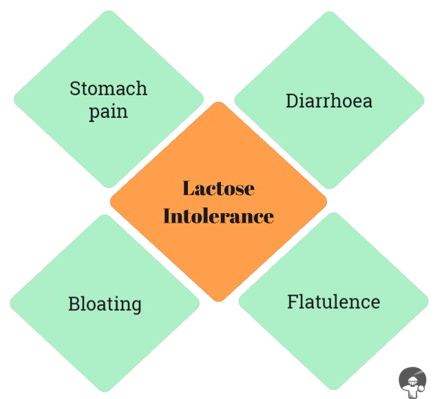Dairy and Asians - it’s a bit of a love-hate relationship.
As an athlete, you may be wondering if it’s valuable to include dairy (milk, yoghurt and cheese) in your diet. You notice your non-Asian teammates having an Up & Go Energise after training for muscle recovery. And you’ve heard that dairy is important for strong bones.
But there’s a problem. You’re normally clutching your stomach after drinking an Up & Go Energise, and need to disappear to the toilet soon after. The only milk you have is from:
And even then your stomach hurts a bit, but hey, your tastebuds loved it!
It’s not that you dislike milk, you just never really had a lot of it growing up. Rather, it was your mum’s freshly made soyabean milk that you had most mornings with your breakfast.
Let’s take a quick trip down history lane…
Up to 90% of Asians (mainly East Asians and South-East Asians) have lactose intolerance. That’s awfully high! If we look back many hundreds of years, the traditional Asian diet did not feature milk and other dairy products as a staple. The only time drinking milk was a regular and consistent thing was during infancy before transitioning into solids. From childhood through to adulthood, there wouldn’t have been much dairy, if any at all, in their diet. So eventually, the enzyme lactase (to digest the milk sugar lactose)…just packed up and left for good.
This is called “lactase non-persistence” where the body reduces production of lactase after childhood because there was no demand for it. No point making an enzyme if the body isn’t going to use it right?
Dairying and Westernisation
Fast forward to modern times, with the rise of dairying and global food trade, dairy products found their way into Asian supermarkets and onto family’s tables.

For us Asian diaspora, we were regularly exposed to dairy growing up. Remember the chocolate milks sold in the school canteens? And the TV commercials about drinking milk, eating yoghurt and cheese for strong bones? Dairy was everywhere!
Dietary shifts meant that Asians were starting to include some dairy as part of their diet. Aside from milk and yoghurt drinks (I personally love Asian yoghurt drinks!) here’s a snapshot of how dairy has found its way into Asian desserts:

Growing up, we had dairy in the fridge - mostly milk and occasionally yoghurt. That’s because my mum heard that drinking milk makes you grow taller. Which Asian mum doesn’t want their children to be tall?! Not to mention my siblings and I were sporty too, so of course she was sold on making us drink milk. Fortunately all of us grew up tolerating dairy just fine.
An intolerance isn’t an allergy
Lactose-intolerance doesn’t mean you are allergic to dairy. It just means you have your own threshold to how much you can have before your stomach signals you to stop. This is very individual. You may be able to tolerate half a cup milk, but that 250ml Up & Go Energise is probably too much for your stomach. Certain yoghurts tend to be better tolerated because of the live cultures which breakdown lactose as it sits on the fridge shelf. Hard cheese tends to have minimal lactose too, compared to soft cheese likes ricotta or camembert.
So, if you’re an Asian athlete navigating lactose intolerance, just know that you’ve got options! Try experimenting with small amounts of dairy and find what works for you. If you’ve tried without success, that’s okay too. The Asian diet has various non-dairy foods with calcium that you might already be eating.
Part 2 of this ‘Calcium series’ will explore the link between calcium, bones and why it’s such an important micronutrient for you as athletes. PLUS - I’ll share a list of Asian foods containing calcium. You won’t want to miss this one mid-week!
If you’ve got a milky (or cheesy) story around lactose intolerance, or a question to ask, I’d love to hear from you. Drop it in the comments below. I’m here for the conversation =)




